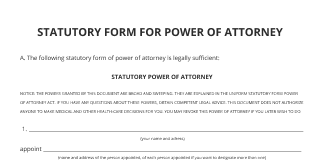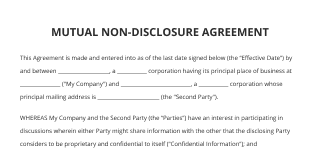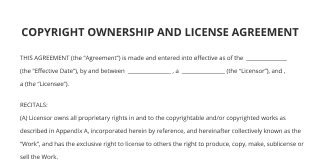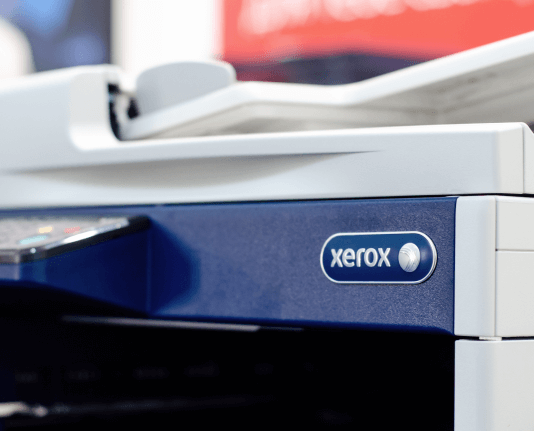What is the Difference between a Statement and an Invoice for Your Business Needs
Move your business forward with the airSlate SignNow eSignature solution
Add your legally binding signature
Integrate via API
Send conditional documents
Share documents via an invite link
Save time with reusable templates
Improve team collaboration
See airSlate SignNow eSignatures in action
Understanding Statements and Invoices
Both statements and invoices are essential documents in business transactions, but they serve different purposes. An invoice is a request for payment issued by a seller to a buyer, detailing the products or services provided, their costs, and payment terms. It is typically generated after a sale has occurred. In contrast, a statement is a summary of all transactions between a buyer and seller over a specific period. It includes all invoices, payments received, and any outstanding balances, providing a comprehensive view of the buyer's account status.
Key Differences Between Statements and Invoices
Understanding the distinctions between a statement and an invoice can help businesses manage their financial records more effectively. Here are the main differences:
- Purpose: Invoices are used to request payment, while statements provide a summary of account activity.
- Frequency: Invoices are issued per transaction, whereas statements are typically sent monthly or quarterly.
- Content: An invoice lists specific items or services and their costs, while a statement aggregates multiple invoices and payments.
- Due Dates: Invoices include a due date for payment, while statements do not usually specify a payment deadline.
When to Use Each Document
Knowing when to use a statement versus an invoice can streamline your accounting process. Use an invoice when you need to request payment for specific goods or services rendered. This document should be sent promptly after the transaction. Use a statement when you want to provide a client with an overview of their account, especially if they have multiple transactions. This is useful for tracking payments and understanding outstanding balances.
Creating Invoices and Statements with airSlate SignNow
With airSlate SignNow, you can easily create and manage both invoices and statements. The platform allows you to prepare and send documents securely and efficiently. You can customize your invoices to include your branding and payment terms, ensuring clarity for your clients. For statements, you can compile all relevant transactions into a single document, making it easy for clients to review their account activity. This streamlined process enhances your digital document workflow and improves communication with clients.
Common Use Cases for Statements and Invoices
Different scenarios may require the use of either a statement or an invoice. Here are some common use cases:
- Freelancers: Freelancers often send invoices for individual projects and may follow up with statements to summarize their earnings over a month.
- Subscription Services: Companies offering subscription services use statements to inform customers about their billing history and upcoming charges.
- Retail Businesses: Retailers issue invoices for sales transactions and may provide monthly statements to customers with credit accounts.
Best Practices for Managing Invoices and Statements
To maintain clear financial records, consider implementing these best practices:
- Timeliness: Send invoices promptly after a sale and statements regularly to keep clients informed.
- Accuracy: Ensure all details on invoices and statements are correct to avoid confusion and disputes.
- Follow-Up: Use reminders for outstanding invoices and follow up with clients regarding their statements to encourage timely payments.
airSlate SignNow solutions for better efficiency
Our user reviews speak for themselves






Why choose airSlate SignNow
-
Free 7-day trial. Choose the plan you need and try it risk-free.
-
Honest pricing for full-featured plans. airSlate SignNow offers subscription plans with no overages or hidden fees at renewal.
-
Enterprise-grade security. airSlate SignNow helps you comply with global security standards.

What distinguishes a statement from an invoice
Grasping the distinction between a statement and an invoice is vital for effective financial oversight. A statement summarizes all activities over a designated time frame, whereas an invoice serves as a payment request for particular products or services provided. This manual will assist you in navigating the process of utilizing airSlate SignNow for your document signing requirements.
What distinguishes a statement from an invoice
- Launch your web browser and head to the airSlate SignNow homepage.
- Establish a free trial account or log in if you already possess one.
- Choose the document you intend to sign or send for signatures by uploading it.
- If you intend to reuse this document, convert it into a template.
- Access your document to make required adjustments, such as adding fillable fields or inserting specific details.
- Affix your signature to the document and add signature fields for the recipients.
- Click 'Continue' to set up and send an eSignature invitation.
airSlate SignNow presents a multitude of benefits for businesses aiming to optimize their document signing workflows. With an extensive feature range that provides signNow value for your investment, it is made to be user-friendly and adaptable, rendering it perfect for small to medium-sized enterprises. Moreover, airSlate SignNow offers clear pricing with no concealed charges and outstanding 24/7 support for all paid subscriptions.
In summary, utilizing airSlate SignNow can greatly improve your document management proficiency. Begin your free trial today and witness the advantages firsthand!
How it works
airSlate SignNow features that users love
Get legally-binding signatures now!
FAQs
-
Is an invoice and a statement the same thing?
A statement is an official record of fees charged and payments made to your account. The statement shows you the total amount due at the statement end date and how to pay. A tax invoice is a 'bill' that needs to be paid, you can provide it to organisations or people who need it for tax purposes. -
What is the difference between an invoice and a statement of work?
While an invoice relates to a specific transaction, a statement can cover multiple transactions. It's a document used when buyers owe the business money on account. The statement is a current report showing the customer's account status, reflecting payments already made and outstanding invoices. -
Do you pay on an invoice or statement?
You would use both a statement and an invoice when your business relationship involves recurring transactions. A statement helps track these transactions overall, while an invoice requests payment for specific goods or services for each individual transaction. -
What is the difference between an invoice and a statement?
A statement is an official record of fees charged and payments made to your account. The statement shows you the total amount due at the statement end date and how to pay. A tax invoice is a 'bill' that needs to be paid, you can provide it to organisations or people who need it for tax purposes. -
What is the difference between an invoice and an itemized statement?
An invoice is a request for a single payment. A statement of account, on the other hand, is more like your billing history – it tracks multiple invoices, payments, and credits over time. It tells the full story, not just one chapter. So if you're working with a client long-term, a statement helps you both keep track.
What active users are saying — what is the difference between a statement and an invoice
Related searches to What is the difference between a statement and an invoice for your business needs
Get more for what is the difference between a statement and an invoice
- Plumbing work bill format for non-profit organizations
- Printing Bill Format for Businesses
- Printing bill format for corporations
- Printing Bill Format for Enterprises
- Printing bill format for small businesses
- Printing Bill Format for Teams
- Printing bill format for organizations
- Printing Bill Format for NPOs
Find out other what is the difference between a statement and an invoice
- Effortless PDF signing export for your business
- Unlock seamless agreements with our collaborative ...
- Discover the essential Windows free digital signature ...
- Streamline your Office 365 sign on experience with ...
- Streamline Microsoft Office PDF signing with airSlate ...
- Download the ultimate e-signature platform for seamless ...
- Download electronic document signing software for ...
- Download our reliable digital signature application for ...
- Experience seamless digital contract signing software ...
- Discover the best document signing alternatives for ...
- Download Bulk PDF Signer for Free to Simplify Your ...
- E-sign free download for effortless document signing
- Transform your workflow with custom sign software
- Download our e-signature application free for seamless ...
- Download the best e-signature maker for seamless ...
- Streamline your workflow with our digital document ...
- Discover the best e-signature tools comparison for your ...
- Download the best e-signature tool for seamless ...
- Edit and sign PDF free download with airSlate SignNow
- Experience the best electronic document signing app for ...






























